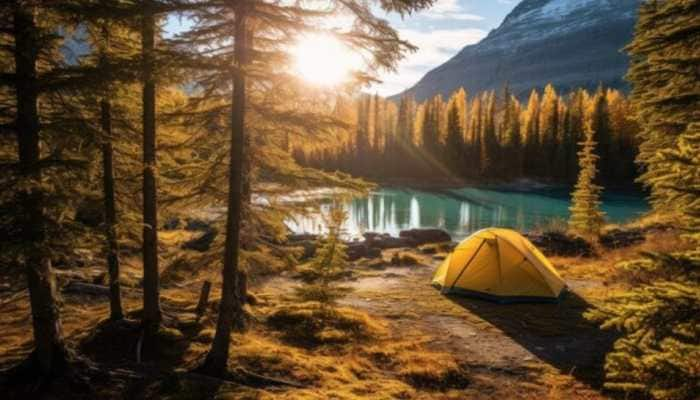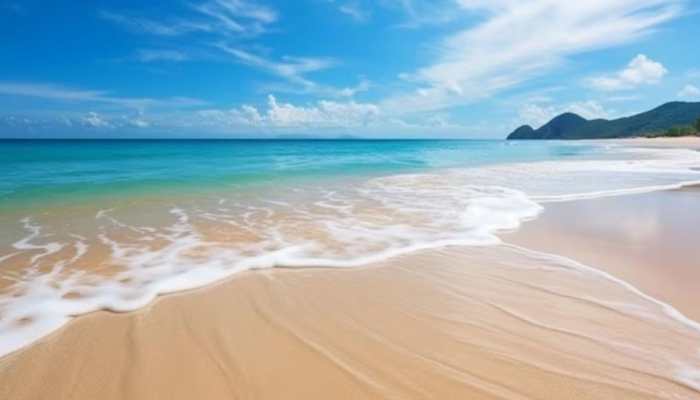Seven Palaces In Mysore That Make It The “City Of Palaces”
Explore the seven magnificent palaces in Mysore that contribute to its title as the 'City of Palaces.' Discover their history, architecture, and unique features.
The One That Needs No Introduction: Mysore Palace (Amba Vilas Palace)
)
Mysore Palace, also known as Amba Vilas Palace, is the pride of Mysore and one of India's most famous tourist attractions, drawing over 6 million visitors annually. Built in 1912 in the Indo-Saracenic style, it blends Hindu, Mughal, Rajput, and Gothic architectural elements. The palace features grey granite walls, pink marble domes, expansive arches, and a 145-foot tower with a gold-plated dome. Inside, it houses opulent durbar halls, a stunning octagonal kalyana mantapa, and beautiful gardens. The palace is especially breathtaking when illuminated during evenings and public holidays.
Stay In This Five-Star Hotel: Lalitha Mahal Palace
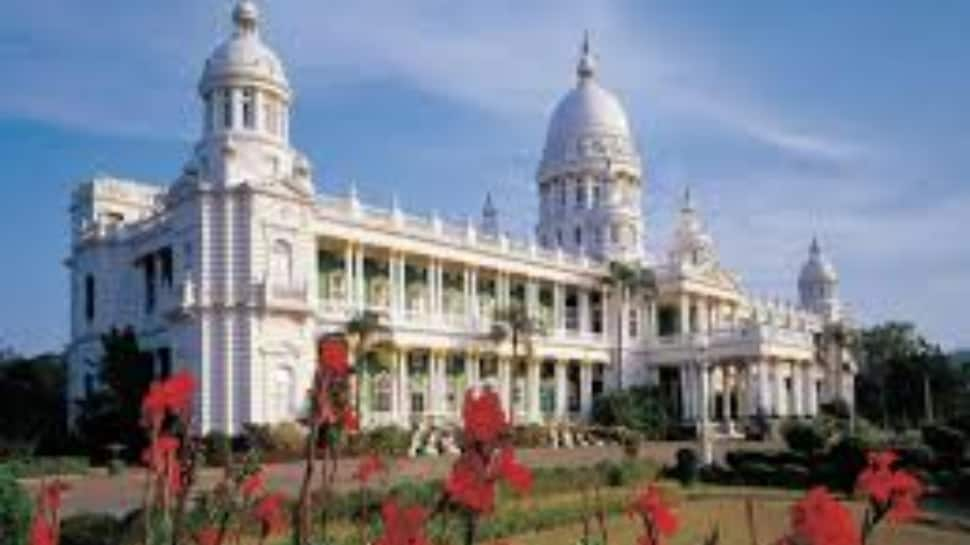
Lalitha Mahal Palace, located at the base of Chamundi Hills, is one of Mysore's most elegant structures. Built in 1921 by Maharaja Nalwadi Krishnaraja Wadiyar IV for the Viceroy of India, this two-story palace showcases Renaissance architecture inspired by St. Paul’s Cathedral in London. Set amidst lush gardens, it reflects the grandeur of English manor houses and Italian palazzos. Today, Lalitha Mahal serves as a luxurious five-star heritage hotel. It is accessible year-round, situated about 14 km from Mysore Airport and 7 km from the railway station.
A Display Of Art: Jaganmohan Palace
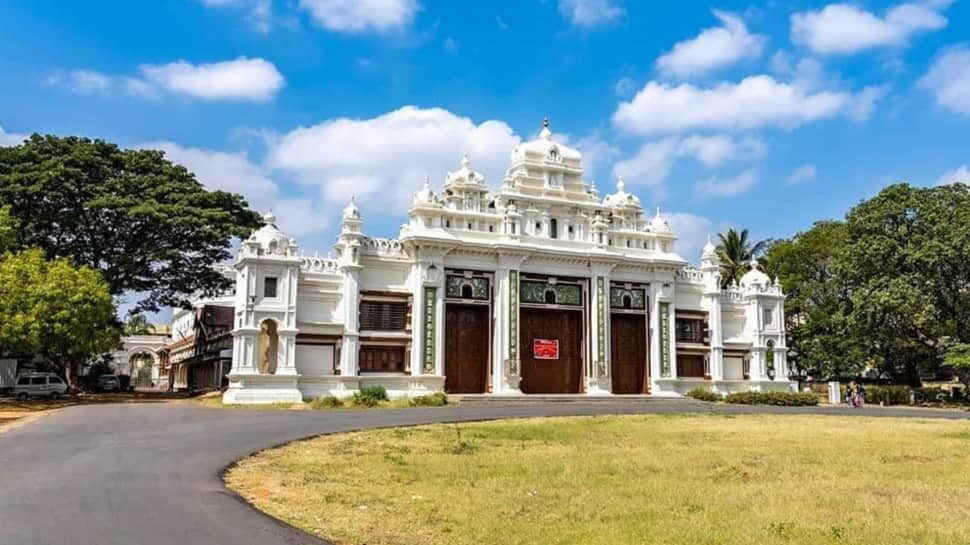
Jaganmohan Palace, situated in the heart of Mysuru, was constructed in 1869 by Maharaja Krishnaraja Wodeyar III. Initially used as a residence for the royal family during the reconstruction of Amba Vilas Palace, it now houses the Jayachamarajendra Art Gallery, renowned as one of South India's premier art galleries. The palace is notable for its grand wooden doors, adorned with carvings of the Dashavatara (the ten incarnations of Vishnu), and murals depicting the Mysore Dasara and the Wadiyar lineage. Open daily from 8 AM to 5:30 PM, it is located 2 km from both Mysore Railway Station and the KSRTC Bus Station.
A Mansion Turned Research Institute: Cheluvamba Mansion

Cheluvamba Mansion, located on the Mysore-Krishnaraja Sagar road in the northwest part of Mysore, was built in 1911 for Princess Cheluvajammanni, the third daughter of Maharaja Krishnaraja Wodeyar IV. The palace is set amidst lush gardens and is now home to the Central Food Technological Research Institute, though public access is restricted. To experience the beauty of the surrounding gardens, visit during the flowering season, which varies depending on the plants. The mansion is 2 km from Mysore Railway Station and 3 km from the KSRTC Bus Station.
A Mansion Of Museums: Jayalakshmi Vilas Mansion
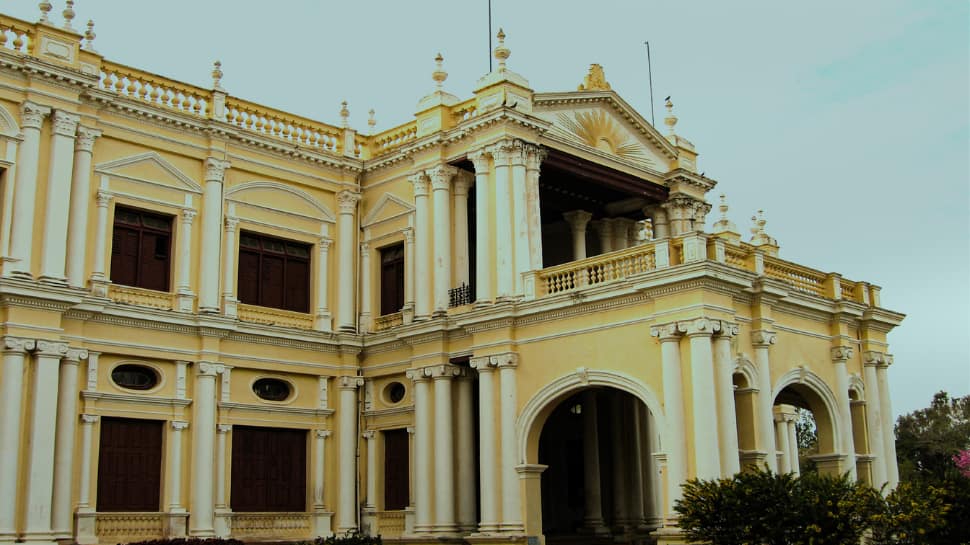
Jayalakshmi Vilas, constructed in 1905 by Maharaja Chamaraja Wodeyar for his eldest daughter, Princess Jayalakshmi Ammani, was originally known as the First Rajkumari Mansion. Situated on a hillock west of Kukkarahalli Lake, the palace is now part of the University of Mysore and houses the Manasagangotri postgraduate center. After years of neglect, it was renovated from 2002 to 2006 with a donation from the Infosys Foundation. The restored mansion spans six acres and features 125 rooms, 300 windows, and 287 intricately carved doors. It now hosts three museums—archaeology, folklore, and general—showcasing valuable artifacts. The palace is accessible year-round, located 5 km from both Mysore Railway Station and the KSRTC Bus Station.
Once A Summer Palace For Kings: Rajendra Vilas
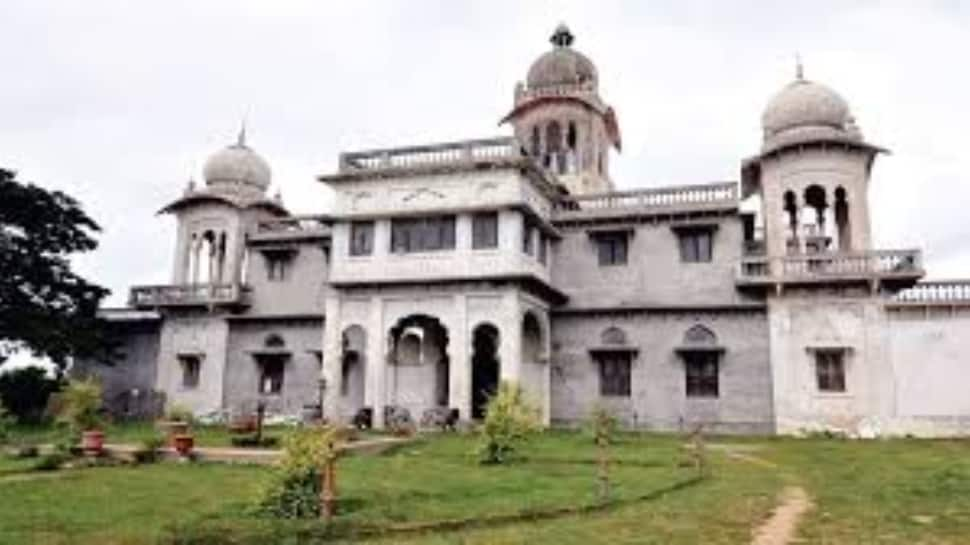
Rajendra Vilas Palace, perched atop Chamundi Hills at an elevation of 1,000 feet, was originally a summer retreat for the Wodeyar kings. Its construction began in 1920, on the site of a smaller structure from 1822, and was completed in 1938-1939 under Maharaja Krishnaraja Wadiyar IV. The palace, initially intended to be grander, was later converted into a luxury hotel by Srikanta Datta Narasimharaja Wodeyar after Indian independence. Designed in the Indo-Saracenic style with Rajasthani elements, it had 25 suites but closed in the 1980s due to labor issues. Renovations started in 2004 but remain incomplete, leaving the palace currently neglected. It is located 13 km from Mysore city center and can be visited year-round.
Now An Eco-Friendly Heritage Hotel: Chittaranjan Palace
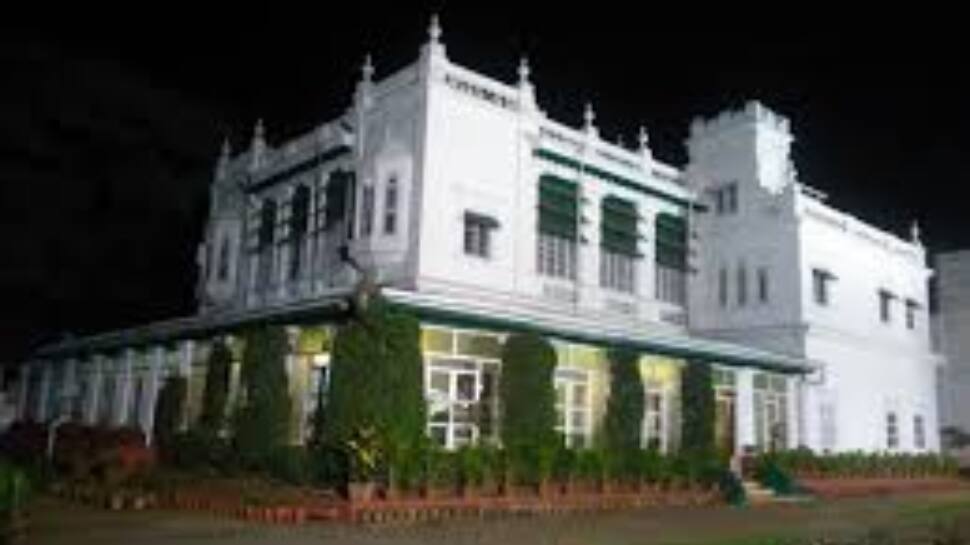
Chittaranjan Palace, built in 1916 for a Wadiyar princess by the Maharaja of Mysore, was later purchased by a Mysorean family who transformed it into Premier Studios, a renowned film studio. It hosted many movies and TV shows, including the popular serial 'The Sword of Tipu Sultan,' until a fire led to its closure. The palace is now an eco-friendly heritage hotel with 31 solar-powered rooms, offering no air conditioning or televisions. The hotel contributes all its profits to charity. Located at Vinoba Road, Jayalakshmipuram, Mysuru, it is open year-round.
Trending Photos



